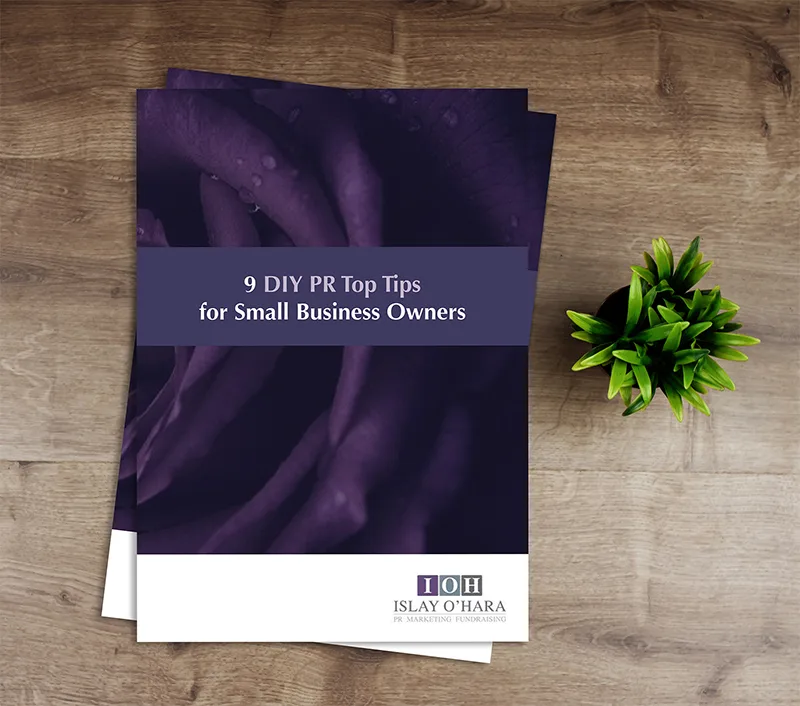My 5 Key Learnings
Recently, I have just completed my first webinar as part of Paul Bassi’s online training series for the Your Virtual Mentors Community https://www.yourvirtualmentors.com/ Although I have delivered many workshops in person, I was keen to understand the difference between a face-to-face presentation and a webinar and to deliver an engaging and informative presentation which would both be interesting and provide value for Paul’s community. Here is what I learned and what I would do differently next time…
One: Speak to the host several days before the event and confirm…
Technology and equipment: As a guest expert, I did not have to worry too much about the technology, we were using Zoom https://zoom.us/ However, I found it very beneficial to have a practice run-through prior to the event.
Timings and transitions: We agreed that I would speak for (45 minutes) and confirmed the wording covering the transitions, to me to start my presentation, and back to Paul when I had finished for questions, which as host, he would moderate.
Disaster planning: We discussed some ‘What if?’ scenarios, such as what to do if the internet were to crash, but Paul’s advice was to accept that sometimes things can go wrong and, thankfully for us, this time, nothing did.
Anticipated audience: I was able to clarify that the likely audience would be small business owners who had limited experience of PR. This enabled me to ensure my presentation was relevant and applicable to their situations.
Access and availability: Attendees had to register to attend and a recording would available in an online resource library only accessible to the YVM community. This meant I needed to check that my case-studies and examples were dated, within a context and would not go out-of-date within a few months or years.
Managing Questions: I suggested four talking points, which were my PR and communications predictions for 2019, to be used at the end of the presentation to give time for the audience to type their questions into the chat box.
Next time: I will clarify the pre-event promotional activities. As a guest speaker, online or in person, we can do a great deal to support the host, or organiser, to promote the event. It is important to confirm how the event will be promoted and to whom. For example, if you are a guest speaker invited to speak in an online membership community, confirm if the webinar will be open to both members and non-members, as your webinar may be used by the host to attract more interest and members to the community and afford wider promotional opportunities for the speaker.
Two: Clearly structure the presentation
Clarify what would be covered: I was keen to give value in my presentation, in the hope that attendees would find it useful and stick with me until the end, therefore I deliberately structured the presentation into three sections. I included a slide detailing the agenda to show what we would cover.
Include a headshot: I inserted my headshot early on in the presentation so that attendees could put a face to the voice.
Write a script: I wrote out the content in full (mostly) to ensure that I covered what I wanted to say and, importantly, remained within the agreed time limit.
Three: Create a great slide deck
More slides: A webinar allows you to use many more slides that you would use in an in-person presentation, where you can talk around the slide for 2-3 minutes. In a virtual presentation, you should have a slide movement every 20-40 seconds to keep the audience interested. I used more slide transitions than I have ever used before and learned to mark the transitions in my slide notes.
Impactful visuals: The slides can be more visual in representing and supporting the accompanying narrative. Therefore keywords, not sentences, should be used and, where possible, visuals used instead of words. Crisp, clear and clean content.
Next time: I will confidently use more visuals and more slides – gone are the days of ‘death by PowerPoint’. Instead, are webinars actually the revival of the glorious PowerPoint slide deck?
Four: Delivery
Hidden audience: Without any visual clues from the audience, I wondered how different it would be. Public Speaking coach Aly Harrold www.alyharrold.co.uk advised me to speak slowly and clearly. She shared one of her favourite tongue-twisters with me “Which Wristwatches Are Swiss Wristwatches”. Doing this, before I started the webinar meant that I was less likely to trip up over my words – and made me smile. Aly also advised me to use micro-pauses to avoid the feeling of dead airtime.
Tone of Voice: You will be using a microphone and Aly reminded me ‘a microphone does not enhance your voice; it highlights your breathing and any lack of clarity in your voice, it also brings even more attention to the habit of ‘umming’ & ‘erring’.
Warming up your voice: Aly says “Be sure to warm up your voice by gently humming and reciting vowel sounds out loud, moving from soft to loud, repeating these many times over. Remember you are ‘warming up your voice’ and like any muscles or group of muscles, it needs to be done gently, to begin with. Just as when we speak in public resonance will be developed by warming the vocal cords and stretching the body, especially the upper chest, arms shoulders and muscles around the neck, supporting the head. If you are tense in your upper chest, neck and shoulders, it will be reflected as a tense sound in your voice.”
Hand gestures: Having worked in radio, I was conscious of not waving my arms about in case the sound of my arms coming down onto the desk was picked by the microphones. Of course, this was ridiculous and was simply an ingrained piece of knowledge that was not applicable here. I was using a cable headset microphone and, as I got into the full swing of delivering the presentation, I naturally starting using hand gestures. Paul told me afterwards that at this point he could feel that I had relaxed into the presentation. Perhaps next time, I will even stand up?
Five: Practice and Preparation
Read your script out loud: Yes, I practiced and practiced again. Out loud, days before the webinar to check the content flowed logically and the visuals matched the content and that I could cover all I wanted to say within the time-frame, and in the hour before the webinar was due to start to warm up my voice.
Prep your space: 15 minutes before we were due to start, I tidied my desk (I even gave it a wipe down!) and turned off all the phones. My workspace was cleared of all distractions, only my supporting notes were on my desk.
In conclusion: I am delighted to say that the webinar was a success. Attendees learned that PR is an essential component of the marketing mix, however large or small their business, along with an outline of how to develop their own PR strategy. I was pleased that all attendees (except one, who had to leave because her internet cut out) stayed until the end and later posted in the chat box how worthwhile and valuable the webinar had been.
I am now ready for the next one…
I am grateful for the advice given by:
Paul Bassi who founded and runs Your Virtual Mentors (YVM) facilitates online communities for small business owners and entrepreneurs, providing members with expert advice, amazing support and the daily inspiration needed to succeed.
Aly Harrold, Award-winning, Professional Public Speaking Coach specialising in helping women become authentic, confident and engaging speakers loved by audiences.
Photo by J. Kelly Brito on Unsplash
How To Create A Successful Webinar

